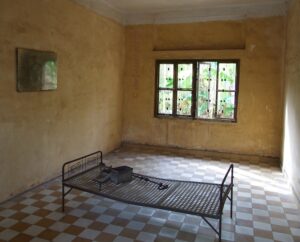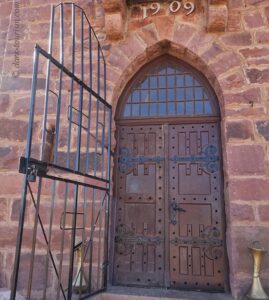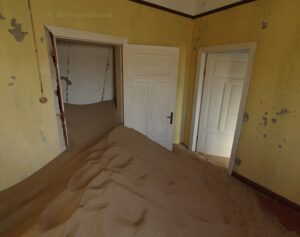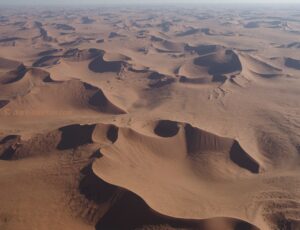
Dark Tourism & Beds
This is the theme that in the latest theme poll came second in the vote, and, as indicated in the winning theme’s post, I’ll now bring you the runner-up without a new poll.
Here’s a photo of one of the most gruesome places involving beds, namely a bed frame in a torture room of the infamous Tuol Sleng (aka S-21) prison in Phnom Penh in Cambodia. It was on beds like this that the decaying and ghastly mutilated bodies of the final victims of the Khmer Rouge were found by the liberators (the





